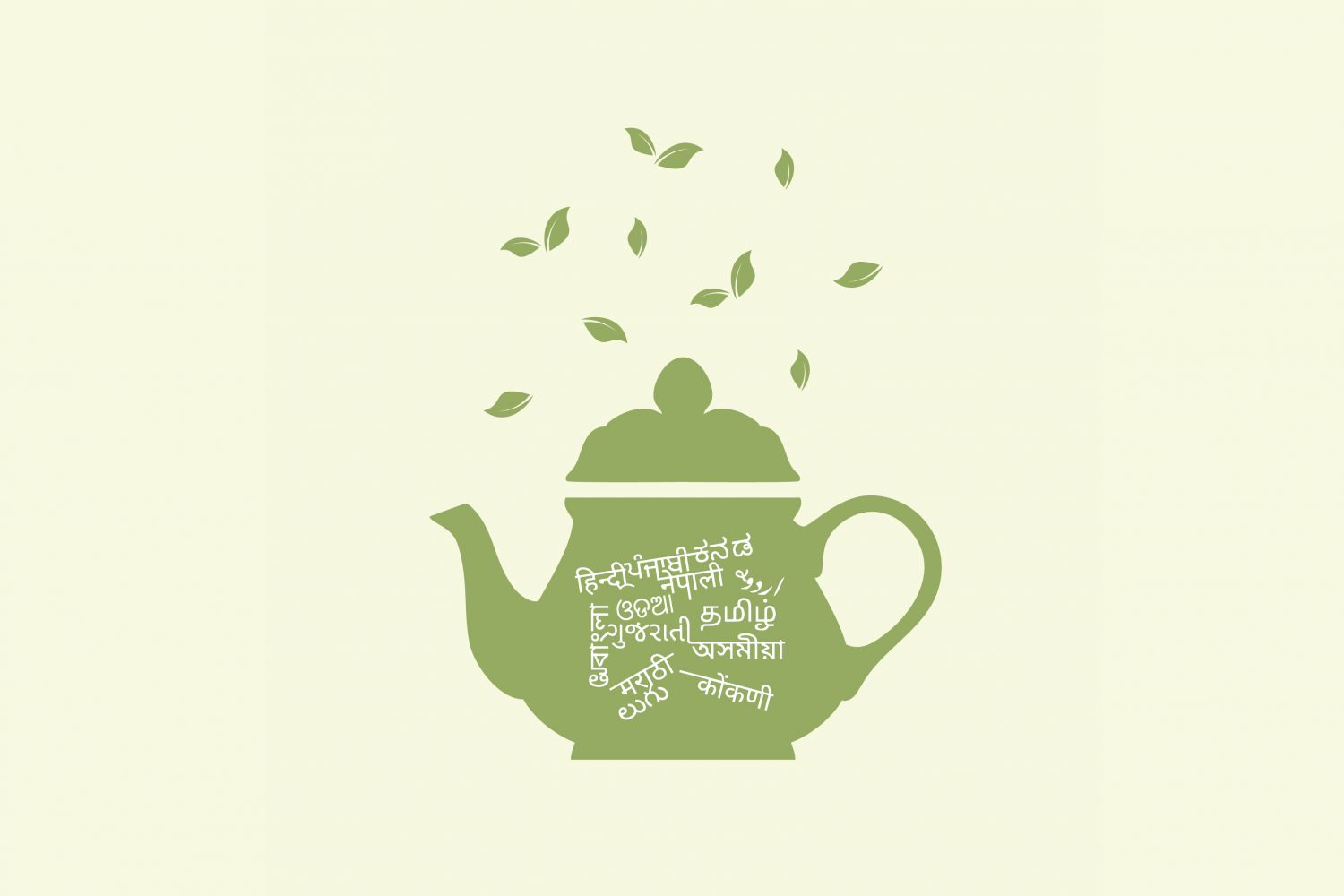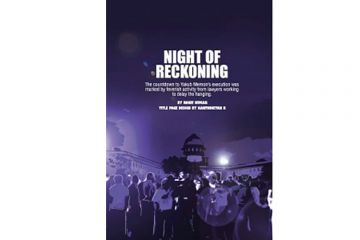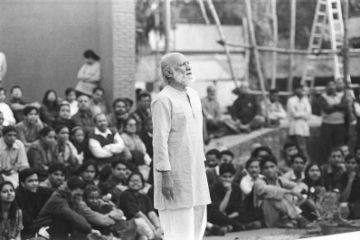
India is the land of languages. Apart from the 22 recognised as national languages by the Constitution, there are no less than 80 other written languages or those having scripts of their own, and countless verbal ones, i.e. those that either do not have any script or depend on the scripts of other more widely accepted languages like Hindi, Bengali and Tamil. By some conservative estimates that number is anywhere between 700 and 800.There is no doubt that such a multiplicity of linguisti





